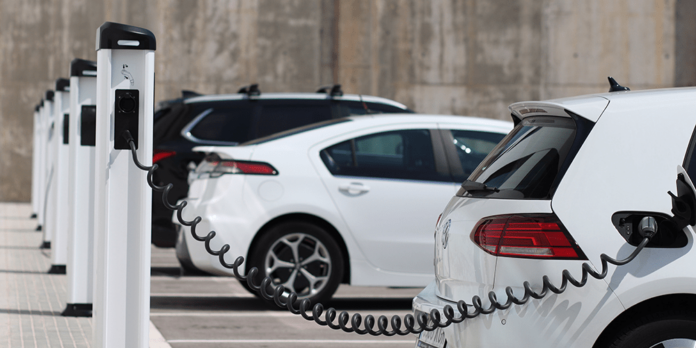Author: Daniel Yergin
Date: 8/31/2021
Publisher: Politico
Link: https://www.politico.com/news/magazine/2021/08/31/biden-electric-vehicles-problems-yergin-507599
Earlier this month, President Joe Biden issued an executive order setting out the goal that “50 percent of all new passenger cars and light vehicles sold in 2030” should be electric. In the order, he instructed government agencies to implement regulatory policies to achieve that goal. “There’s a vision of the future that is now beginning to happen,” said the President. This vision clearly does not involve making the internal combustion engine better.
In response to government policies, automakers are committing many tens of billions of dollars over the next 10 years to EV development. Targets may be motivating. But no matter how much money is spent, shifting such a vast industrial and consumer ecosystem that is so basic to the economy faces big challenges, with the result that the share of new car sales that are EVS by 2030 will more likely be about 25 percent. The challenges still have to be met.
The No. 1 factor speeding the shift to EVs is governments putting an increasingly heavy foot on the accelerator. The European Union is proposing tough regulations on carbon dioxide emissions from cars made or sold in Europe that would effectively ban the sale of new cars with internal combustion engines after 2035. California and Massachusetts similarly have announced ambitions to ban new cars with internal combustion engines by 2035. Biden has now upped the ante by pressing automakers for that 50 percent electric goal by 2030. Governments around the world are also fueling consumers’ purchases of EVs with generous tax incentives and subsidies, and emission standards are becoming ever more stringent. Just this month, the Biden administration proposed tougher fuel efficiency standards in the U.S. This will drive up the cost of conventional cars with the aim of pushing more new car buyers to switch to electric instead.
But as the shift to EVs speeds up, three big challenges stand out. One is the mining and supply chains to support that shift. Batteries require a lot of minerals, and that means a lot of mining and transporting of materials. According to mining and energy specialist Mark Mills, a thousand-pound electric car battery requires the moving of 500,000 pounds of earth in the course of mining. But battery costs have come down enormously. A step-up in government and private sector research will drive costs down further and improve performance.
Very large and complex new supply chains will be required to replace those that deliver gasoline to motorists. Today, many of these supply chains are dominated by China, with which tensions are obviously rising. China, for instance, currently controls 80 percent of the lithium battery supply chains. To reduce the current high dependence on China, U.S. automakers are building battery factories in the United States — General Motors in partnership with Korea’s LG Chem, and Ford in partnership with Korea’s SK Innovation. Ford is also making an EV partnership and a half billion-dollar investment in start-up Rivian, which is introducing electric vans for Amazon deliveries and all-terrain EV trucks and SUVs this year. Expect “energy security” — the mantra that has dominated policy for half a century — to give way to “battery security,” with government policies backing it up.
The second challenge is ensuring the infrastructure to support EVs in the post-gasoline era. That means the building of a ubiquitous EV charging infrastructure and the modernization and expansion of the electric grid. The grid also needs to be 100 percent reliable — a requirement that the recent major power disruptions in California and Texas underline. As the futurist Peter Schwartz puts it, the entire electric system becomes part of the electric automobile supply chain.
The third challenge involves the public — the people who buy automobiles. For most people, their biggest capital expenditure, after their homes, are their cars. It is simply too soon to know how eager people, beyond early adopters, will be to shift away from something they have always known — gasoline-powered cars — to something that is new for them: electric vehicles. And that’s true even as battery improvements extend driving range. But confidence will grow as they see EVs on the road and in their neighbors’ driveways, as the choice and range of models and features increases, and as automakers step up their commercial drive to push buyers to make the switch.
When discussing future focused vehicle types, it has been easy to focus on just autonomous vehicles due to the differences of driver and passenger activity taking place within the vehicle – however, it’s important for us to know the limitations of electric power in vehicles and how quickly or how slowly this transition period is going to likely be. Seeing the various challenges highlighted here helps give us some context of the social, political, and environmental situation surrounding the transition to EV’s, and knowing about these obstacles will help us design a more appropriate solution and to address stakeholders more accordingly.
Yergin, D. (2021, August 31). The major problems blocking america’s electric car future. POLITICO. Retrieved September 24, 2021, from https://www.politico.com/news/magazine/2021/08/31/biden-electric-vehicles-problems-yergin-507599.




